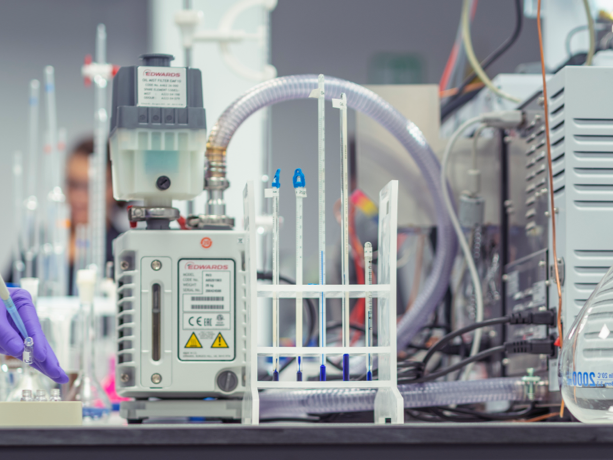Can Studying Bubbles Lead to More Efficient Biofuel?

Fluid dynamics and uncovering how liquids can behave are an underrated avenue for improving energy and fuel consumption efficiency. In order to deepen our understanding of this topic, a team of scientists from the University of Gothenburg have been studying the formation of bubbles in biofuel – which may have far-reaching implications for the future of engine designs.
Usually, studying how bubbles can form within fuel injection valves is incredibly difficult; between the narrow area for observation and metal body, there is not a lot of scope to observe these elements in high enough detail and resolution to provide value.
To counteract this, the team created a lab simulation that allowed them to levitate a droplet of biofuel via a standing sound wave (which trapped the droplet in the air). Dag Hanstorp, Professor of Physics at the University of Gothenburg, explains that next, the small drop of biofuel was energised ‘with our femtosecond laser, which focuses light energy at a point inside the droplet for a very short time, 100 femtoseconds, 10–13 seconds. This forms the gas bubbles, the number, growth and fine distribution of which are studied using a high-speed camera.’
This allowed the scientists to examine not only how bubbles formed within diesel and a biofuel, but also how they broke apart (and further, how this influenced the droplet as a whole).
But what is the importance of understanding bubble formation, and how can this help improve the efficiency of fuel consumption?
Most internal combustion engines use injectors to add fuel into the system. This is pressurised into a gas, making it easier to catch and burn (and therefore release energy to power the engine). However, this process also produces bubbles into the fuel droplets – and it’s these that can cause the problem.
According to Dr Yogeshwar Nath Mishra, one of the study leads, ‘the bubbles have a significant impact on the atomisation of biodiesel in engines.’ By studying how these bubbles are formed, future scientists (and engineers) may be able to develop more energy-efficient engines that burn the fuel more effectively – which can in turn reduce the amount of environmentally-damaging emissions produced.
Looking for materials testing services?
Then you’ve come to the right place. At The Lab, we have a broad range of services and materials analysis to offer your business. From expert sample handling and preparation, to third party review services, our experienced team of scientists are available to find you the answers you need.
Contact our team today for more information on how we can help you – or book a no-obligation consultation today.
Discover our materials testing services at The Lab
For more advice, information, and the latest industry insights, explore The Lab’s News and Knowledge Hub…
Scientists Unveil New Technology to Improve Biofuel Production | Scientists Recycle Cigarette Butts to Assist With Biodiesel Production | Scientists Convert Sewage Sludge into Activated Carbon
- Author
- Adam Whittle
- Date
- 12/07/2024
